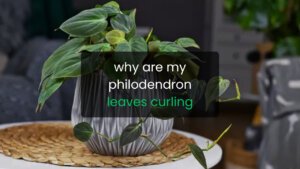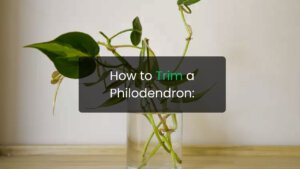Many houseplant lovers often ask if the spider plant is a succulent. The confusion makes sense because spider plants can handle some dryness and don’t need constant watering. However, the truth is a spider plant is not a succulent.
While both plants are low-maintenance and can survive short dry spells, spider plants come from humid, tropical regions and prefer a bit more moisture than true succulents.
Why Spider Plants Are Not Succulents
Succulents are known for storing water in their thick leaves, stems, or roots to survive in dry, desert-like areas. Spider plants, on the other hand, have thin leaves and grow best in mild temperatures with regular watering.
Here’s what sets them apart:
- Water Needs: Spider plants need slightly moist soil, while succulents prefer dry soil.
- Light Preference: Spider plants love bright, indirect light. Succulents enjoy direct sunlight.
- Leaf Type: Spider plant leaves are soft and thin, not thick and fleshy like succulents.
Even though spider plants have tuberous roots that hold some water, it’s not enough to make them succulents. Those roots only help them survive short periods without water.
Why People Think Spider Plants Are Succulents
There are a few reasons for the mix-up:
- Drought Resistance: Spider plants can handle missed waterings.
- Thick Roots: Their roots store a little water, similar to some succulent plants.
- Easy Care: Both plants are simple to grow, making them popular choices for beginners.
Despite these similarities, their care needs are quite different.
Best Care Tips for Spider Plants
If you want your spider plant to stay green and healthy, follow these easy care tips:
- Light: Place it in bright but indirect sunlight. Avoid harsh direct light.
- Water: Water when the top inch of soil feels dry. Do not let the soil stay soggy.
- Soil: Use well-draining soil that holds some moisture.
- Temperature: Keep them in a warm room, ideally between 60°F and 80°F (15°C to 27°C).
- Humidity: Average indoor humidity works fine, but they appreciate a little extra moisture in the air.
- Propagation: New baby plants or “spiderettes” can be cut off and planted easily.
Spider Plant vs Succulent: Key Differences
| Feature | Spider Plant | Succulent |
|---|---|---|
| Leaf Type | Soft and thin | Thick and fleshy |
| Watering | Regular but moderate | Infrequent |
| Light | Indirect light | Direct sunlight |
| Soil | Moist, well-draining | Dry, sandy |
| Habitat | Humid, tropical areas | Dry, desert regions |
Conclusion
Spider plants are often mistaken for succulents, but they are not true succulents. They prefer moderate water, indirect light, and a bit of humidity to stay at their best. Knowing the difference helps you give your spider plant the right care it deserves so it continues to grow lush and strong.
FAQs
Is a spider plant considered a succulent?
No, spider plants are not succulents. They like moderate watering and humid conditions.
Can spider plants survive without much water?
They can handle short dry periods, but they need regular watering to stay healthy.
Can spider plants and succulents grow together?
It’s not ideal. Succulents prefer dry soil, while spider plants need slightly moist soil.
Do spider plants need sunlight like succulents?
Spider plants like bright, indirect light. Too much direct sunlight can burn their leaves.
Are spider plants easy to care for?
Yes, spider plants are very easy to care for, making them perfect for beginners.





